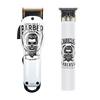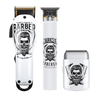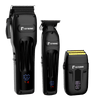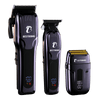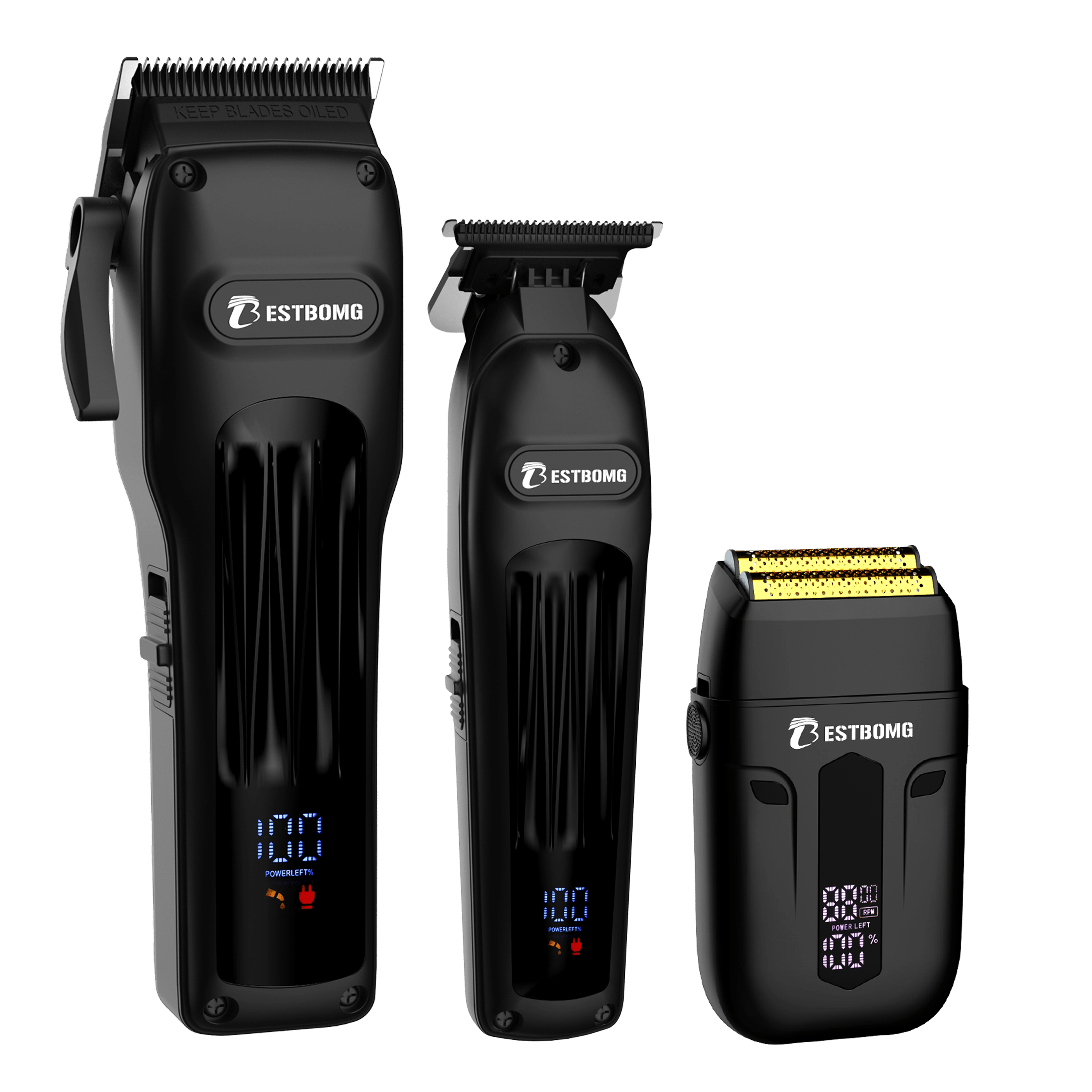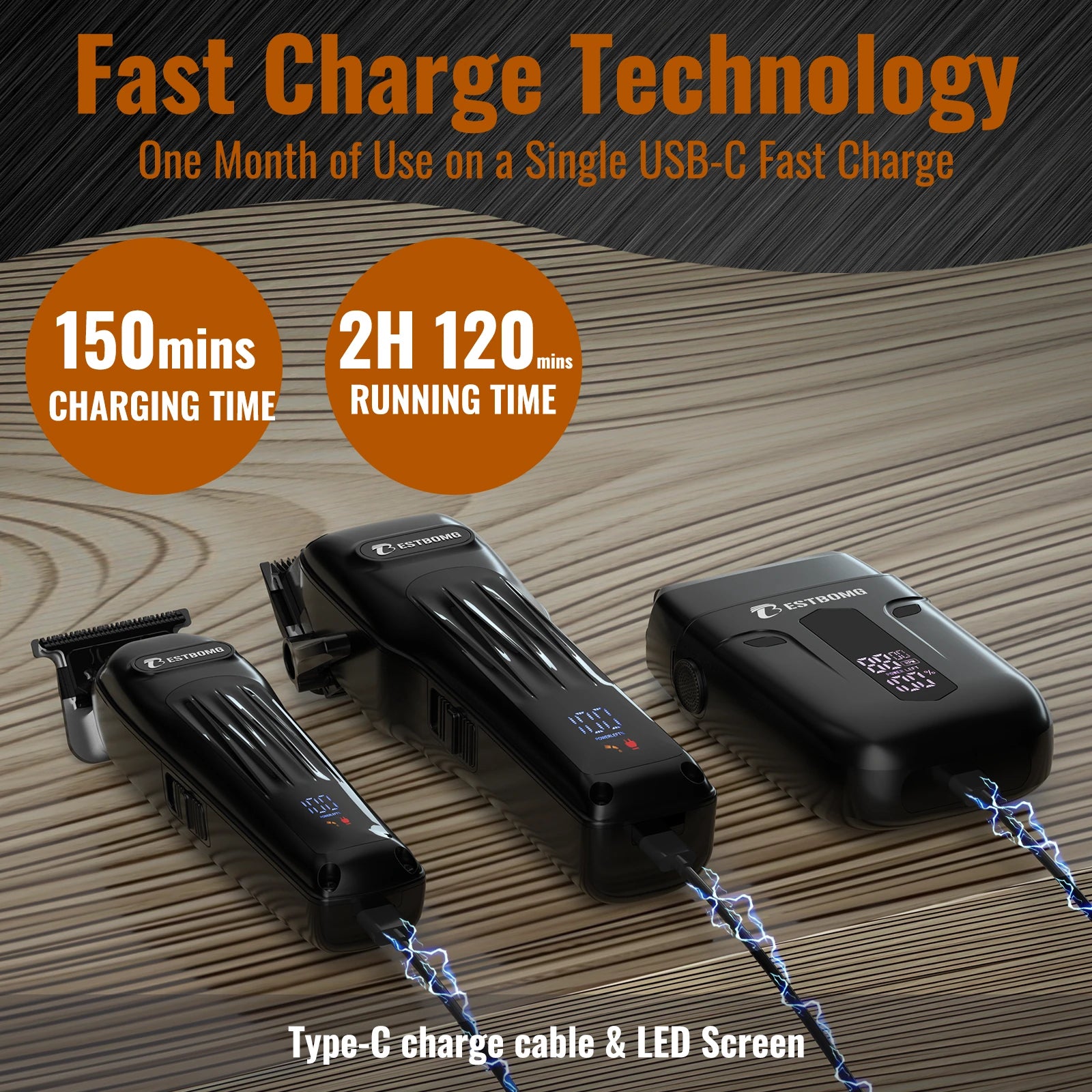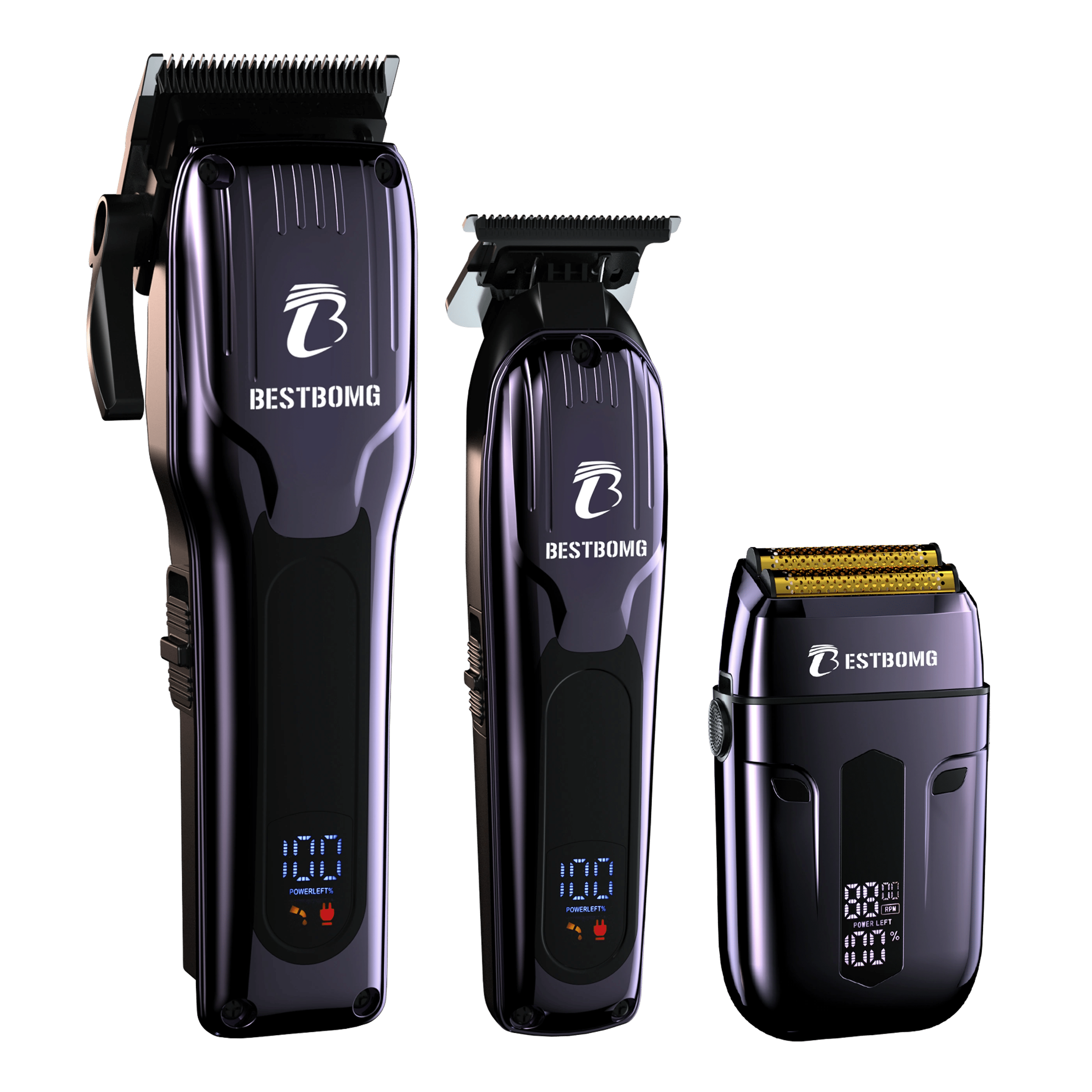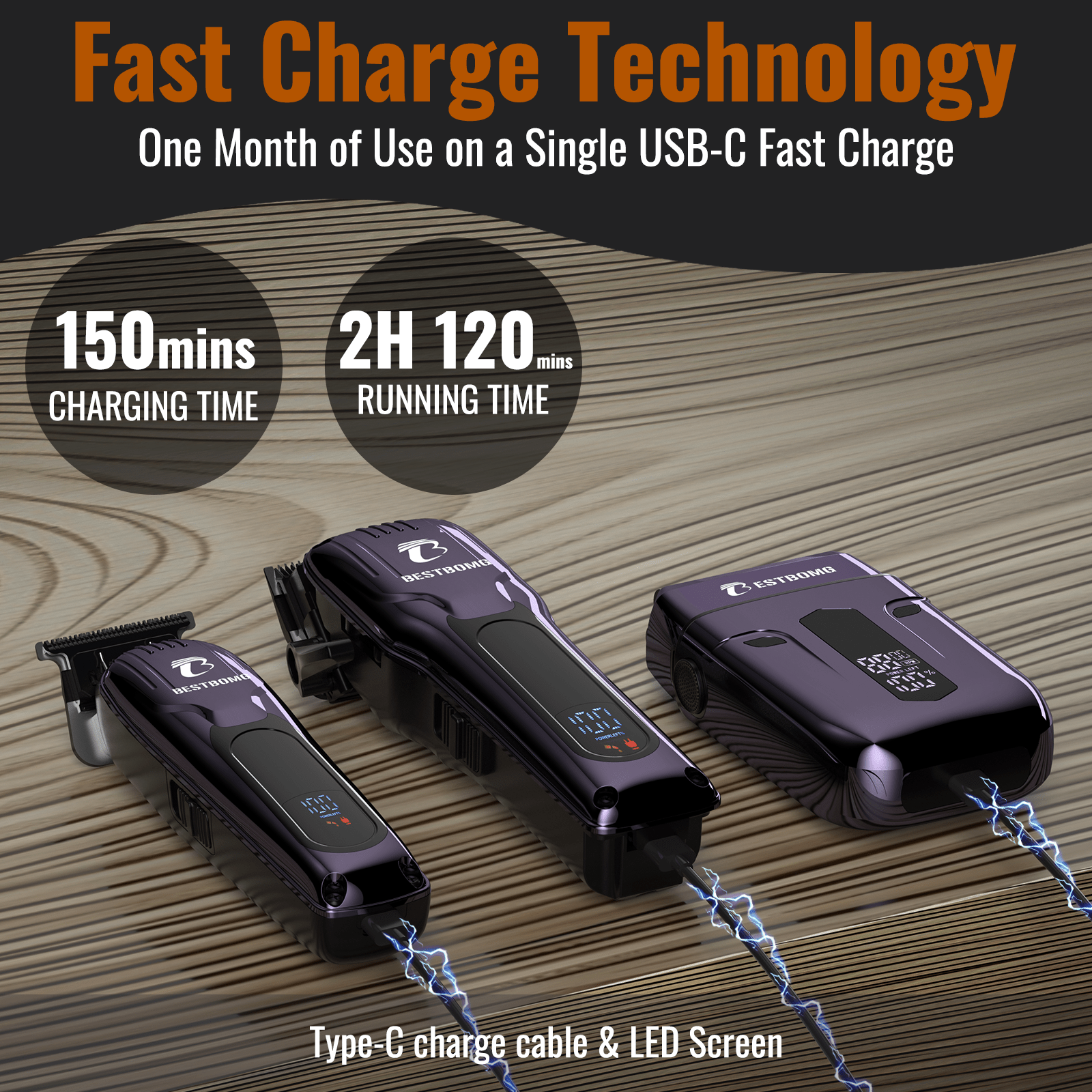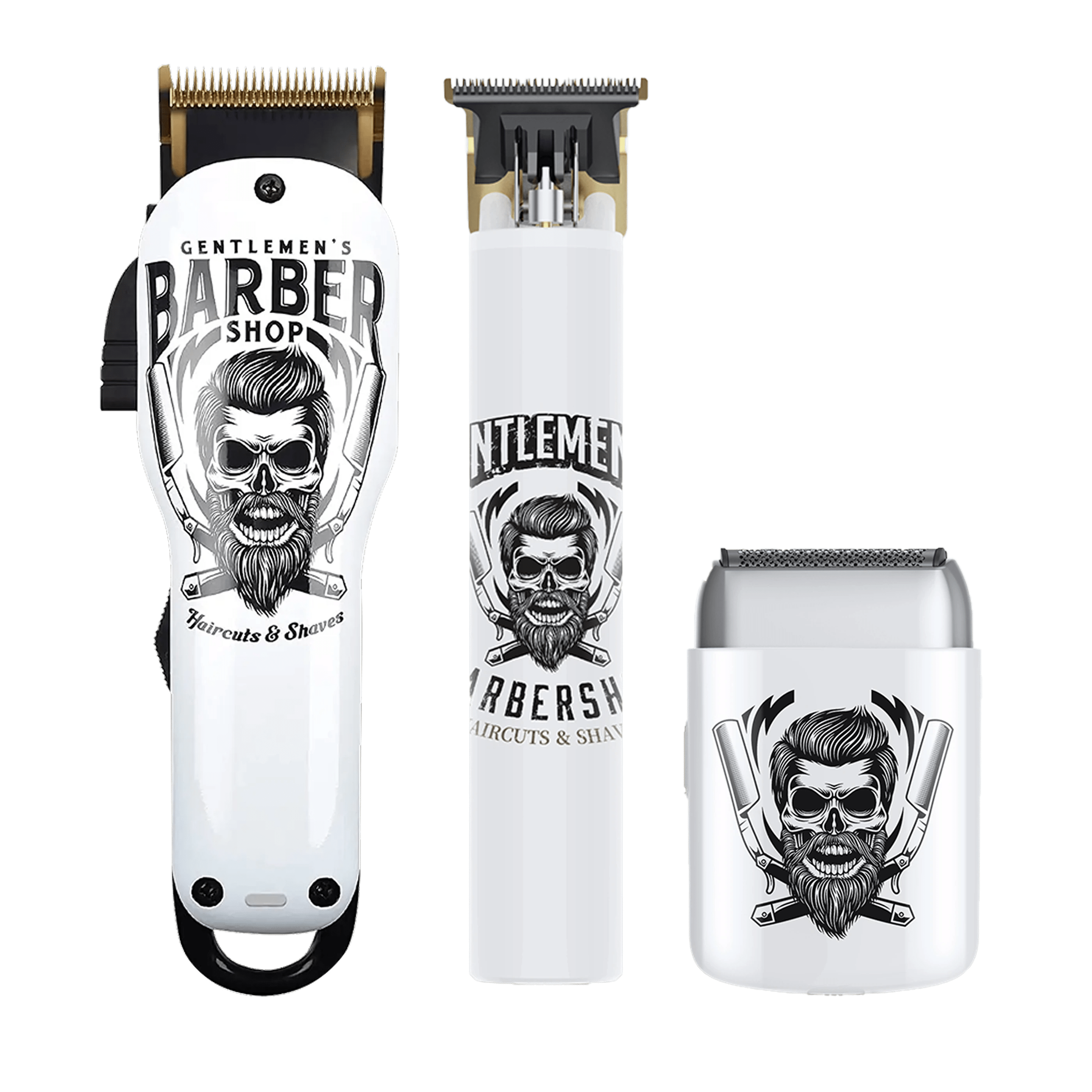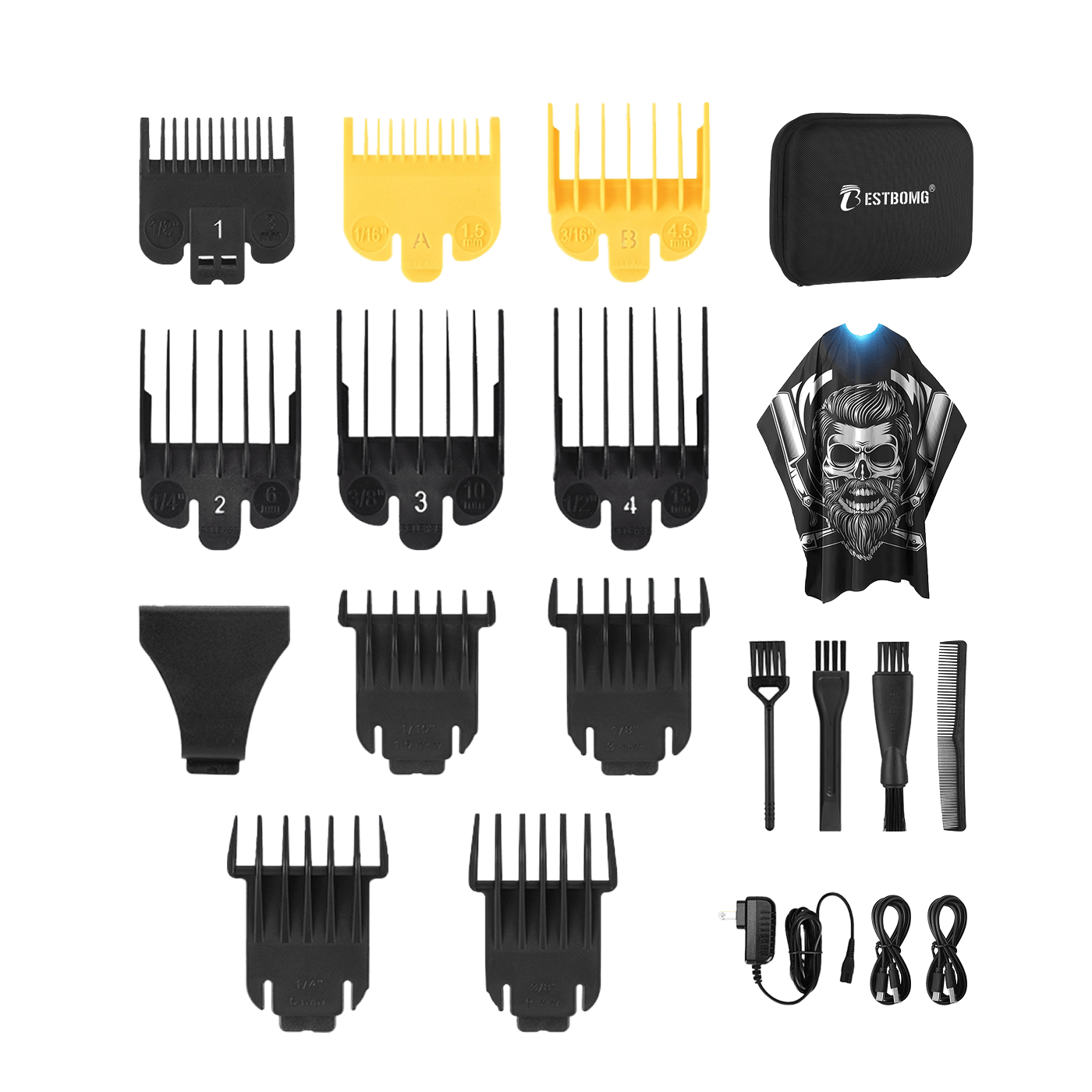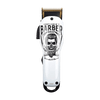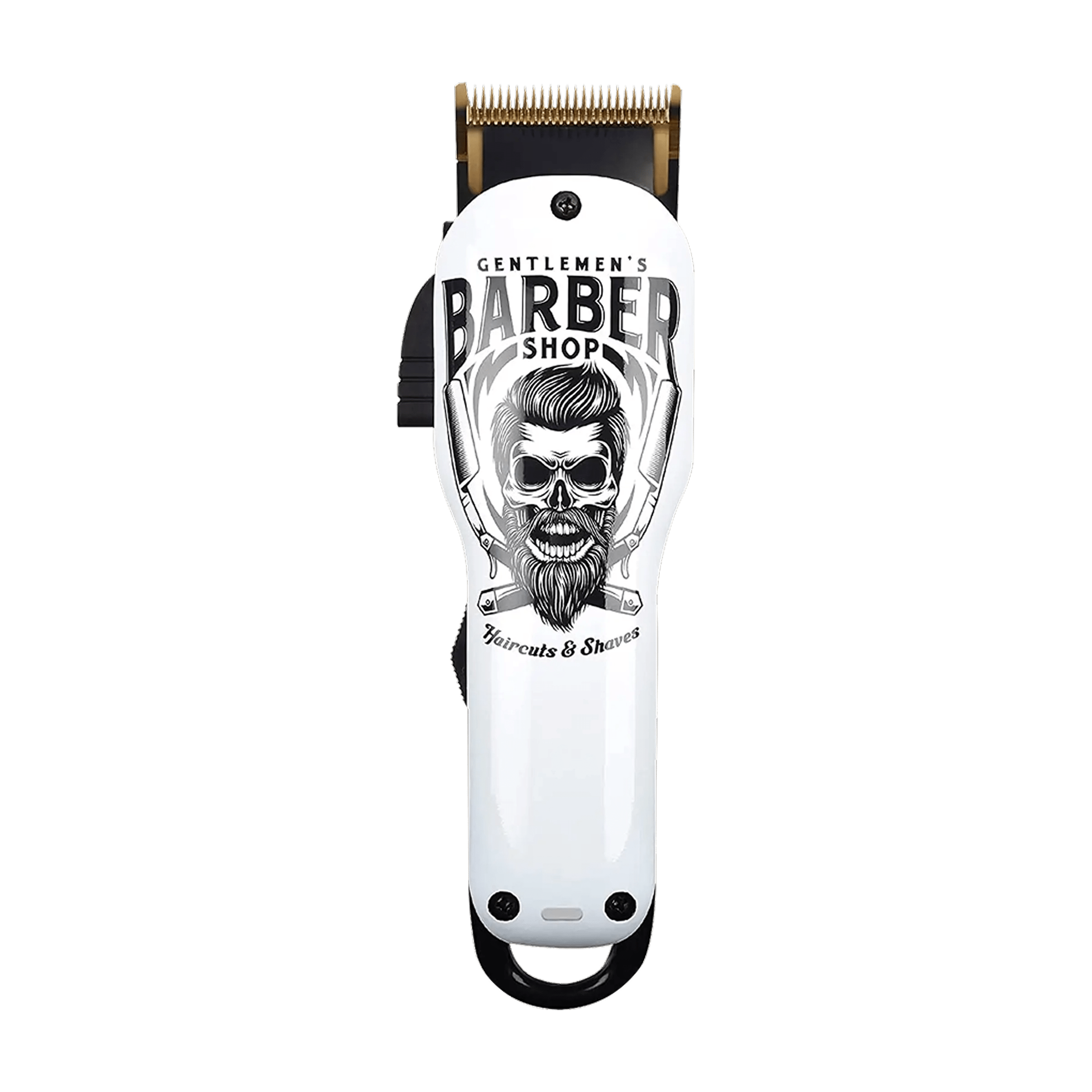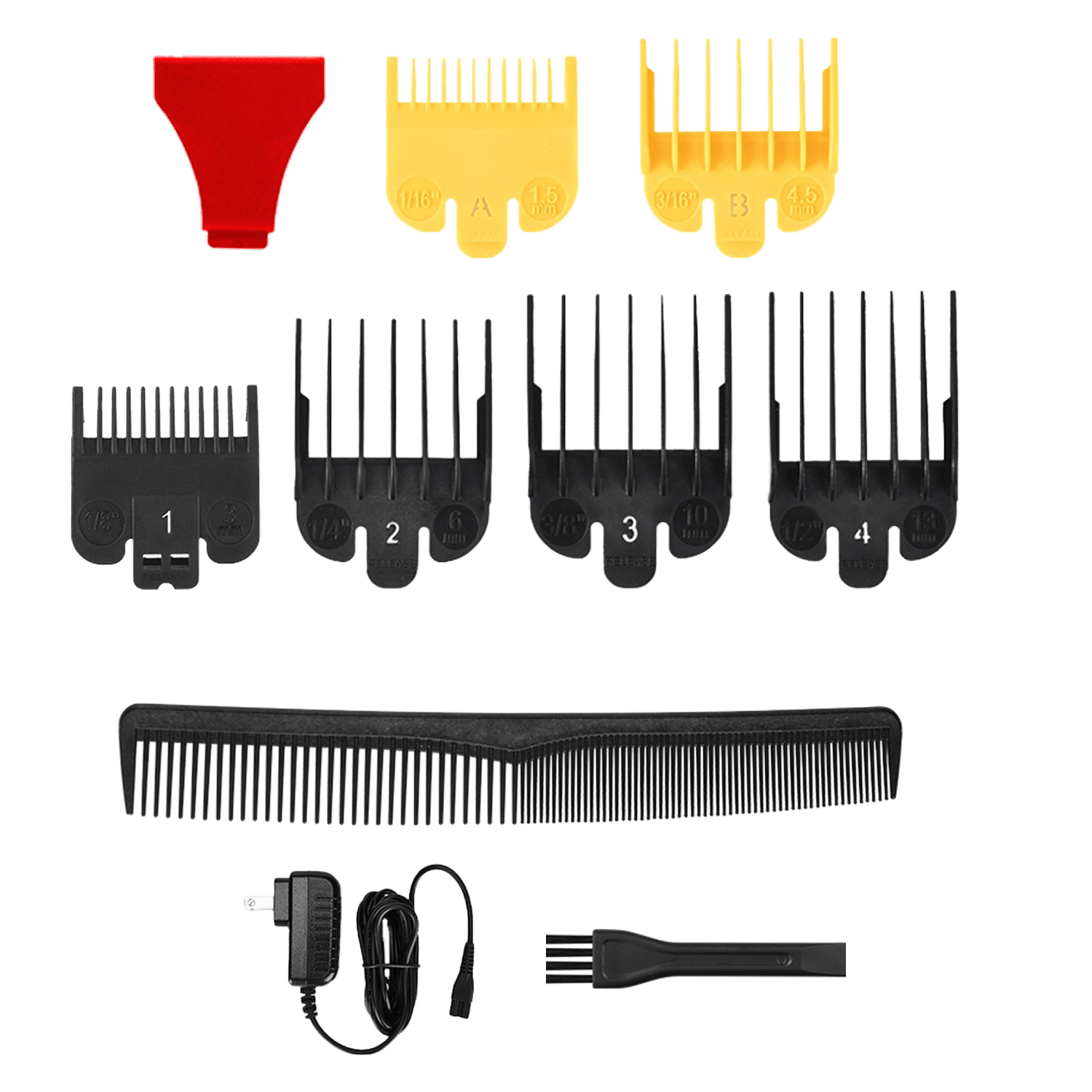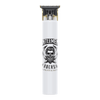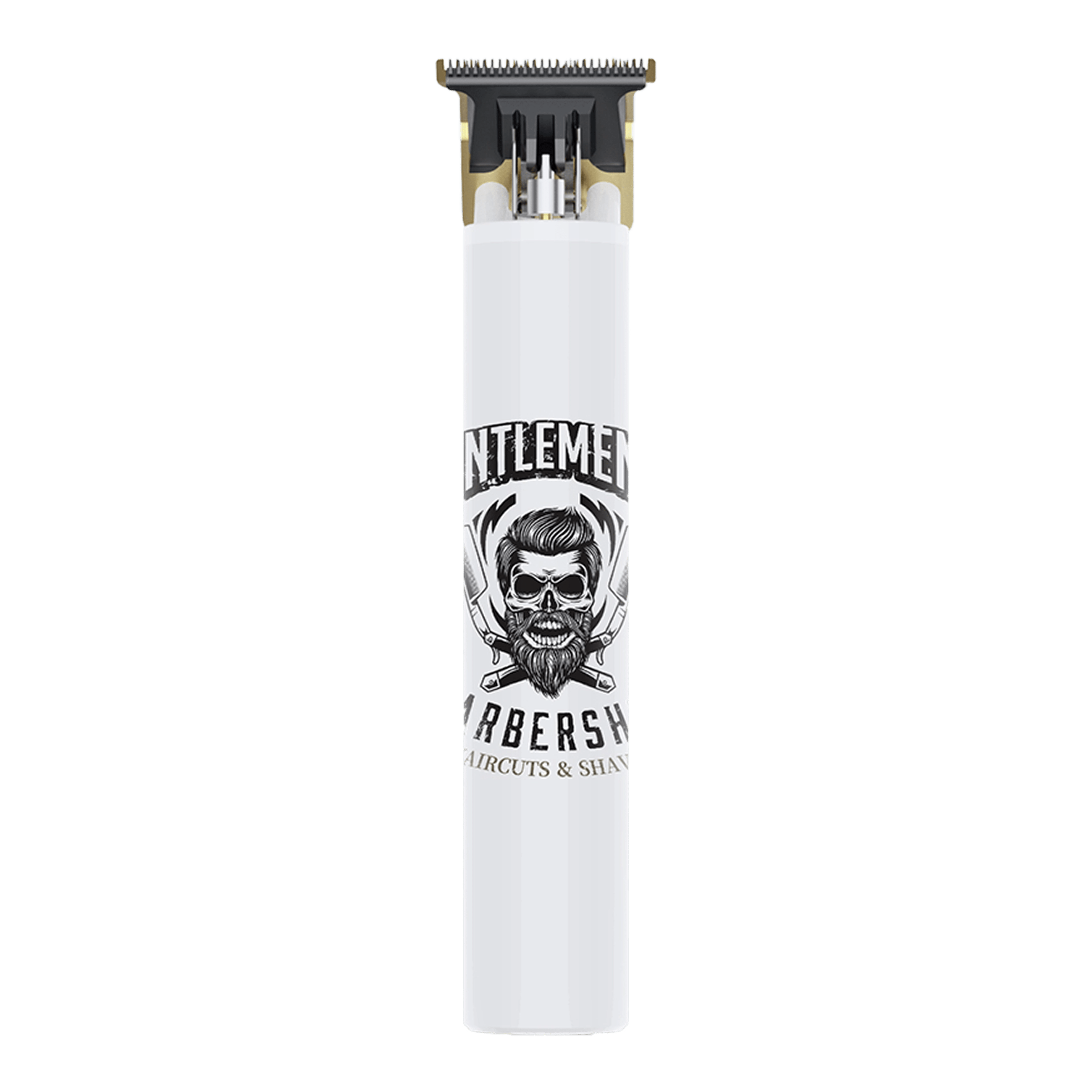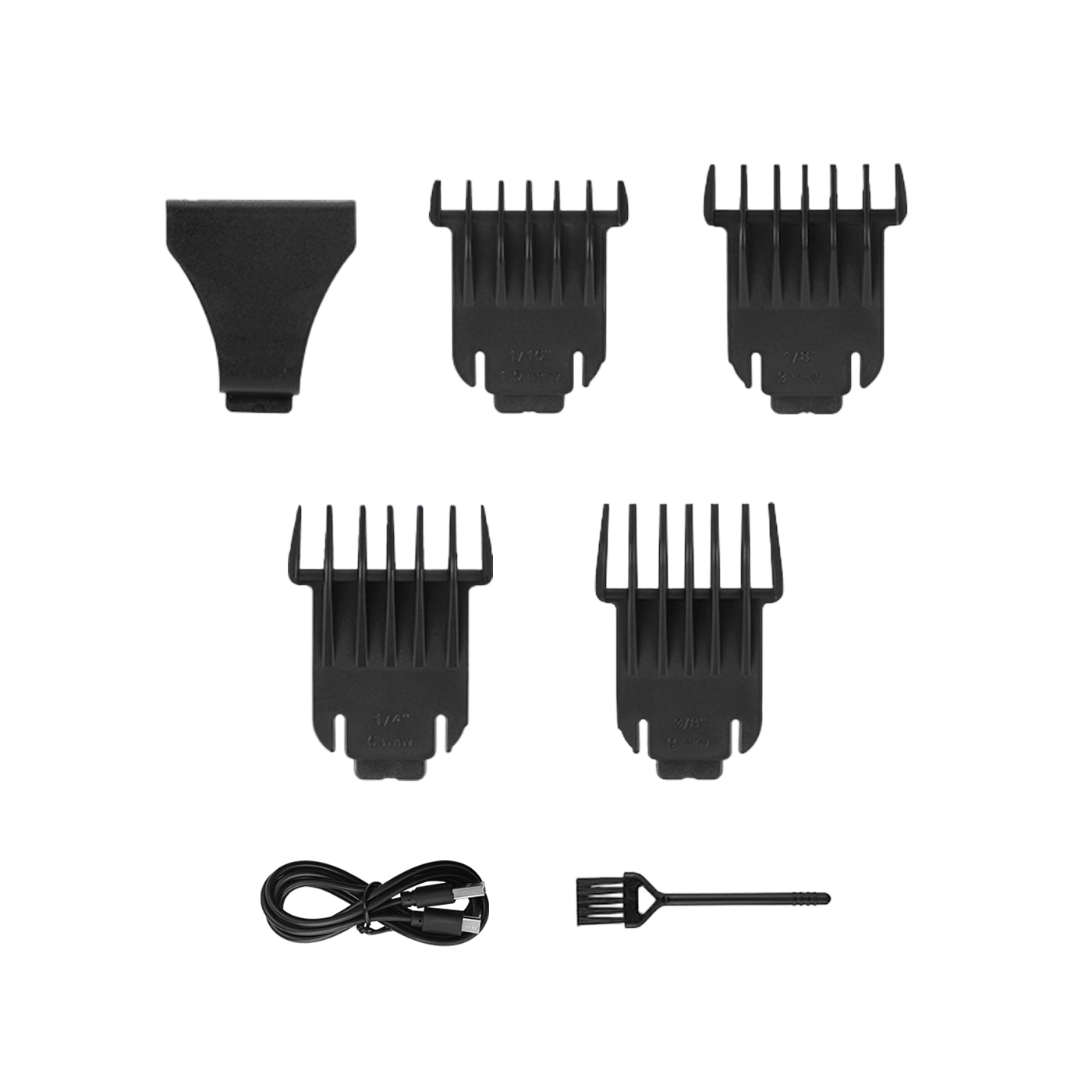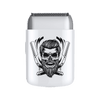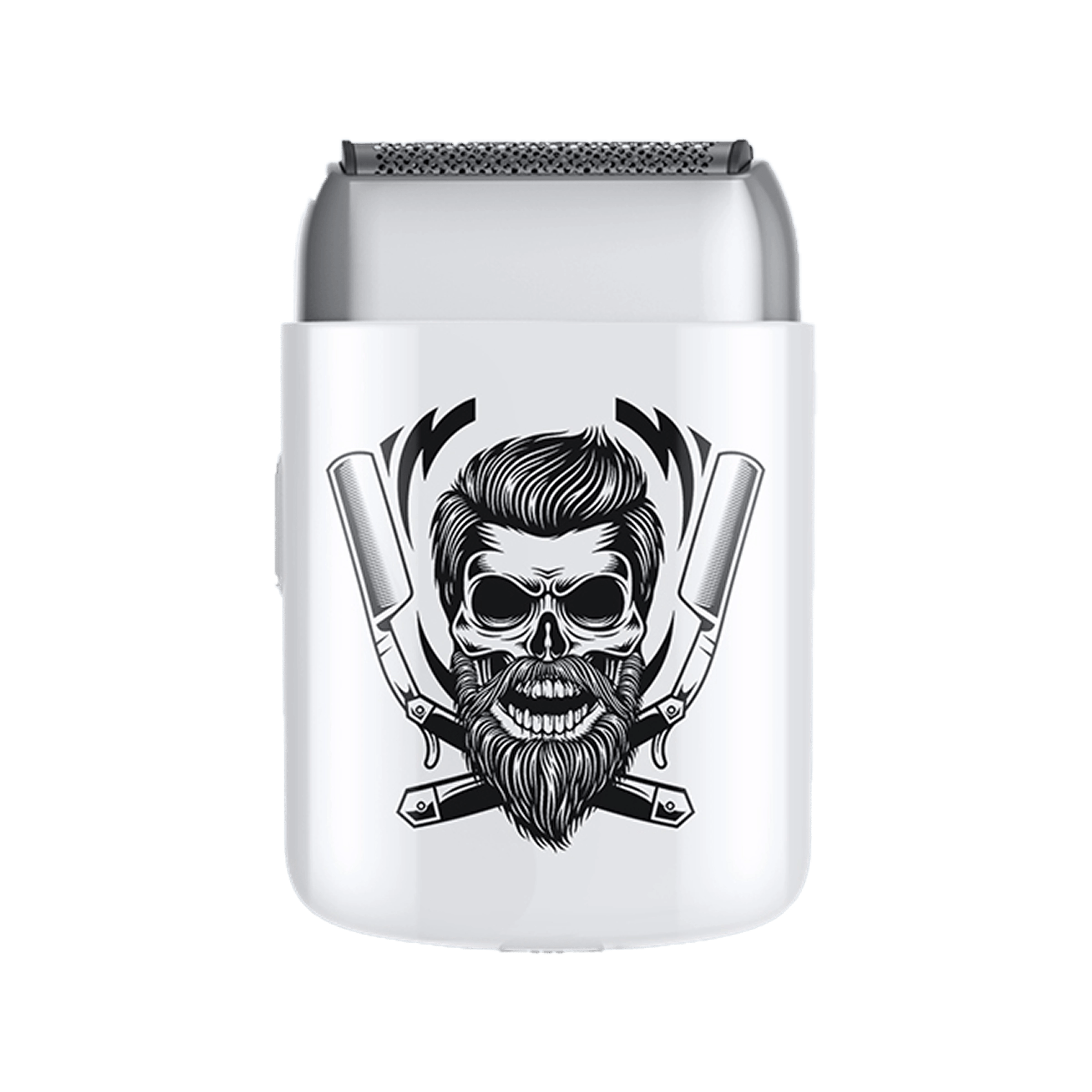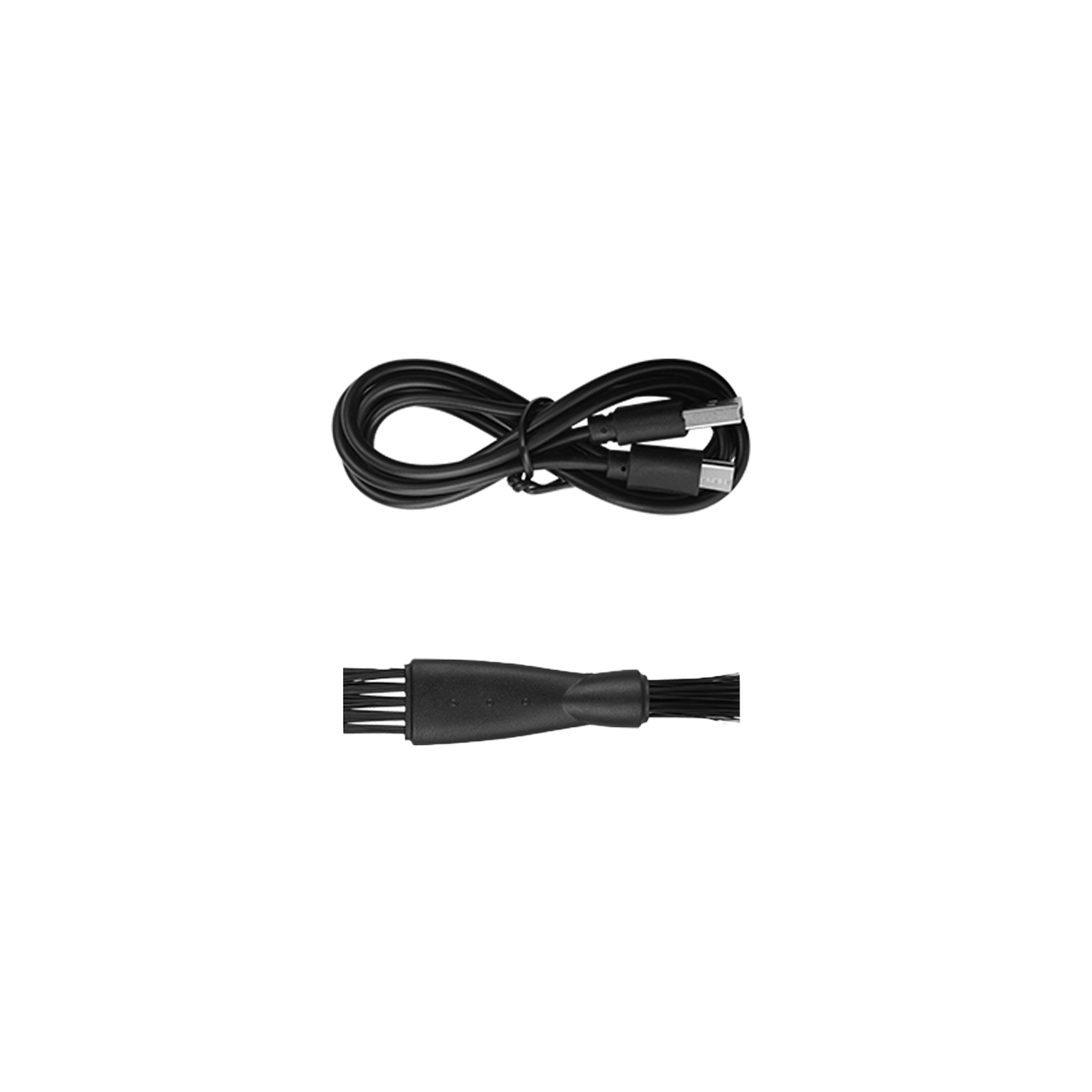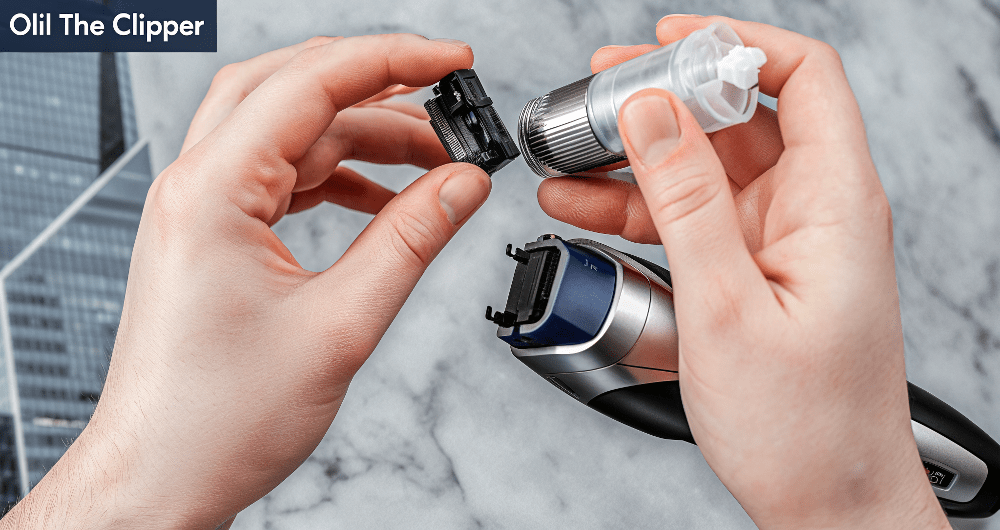Keeping your hair tools in top shape starts with learning how to oil clippers correctly. Proper lubrication reduces friction, extends blade life, and ensures smooth, safe haircuts.
In this guide, you’ll learn how to oil hair clippers, how to oil blades on clippers, how often to oil clippers, and tips for both home and professional grooming. Whether you use them occasionally or daily, maintaining your clippers with oil is essential for performance and hygiene.
Why You Should Oil Your Clippers
Hair clippers contain moving metal blades that generate friction during use. Oiling prevents:
- Blade overheating
- Dull or uneven cuts
- Excessive wear on motors and blades
- Hair pulling or snagging
Regular oiling also ensures hygiene by preventing hair buildup and bacteria on the blades.
External reference: See Wikipedia on Hair Clippers for basic technology and care.
How Often to Oil Clippers
Frequency depends on use and clipper type:
- Home use: Oil after every 3–5 haircuts.
- Professional use: Oil before and after each client.
- High-speed or heavy-use clippers: May require more frequent lubrication.
Tip: Even brief daily use benefits from a quick drop of oil before starting.
Tools and Supplies You Need
- Clipper oil: Only use oils specifically designed for hair clippers. Avoid WD-40 or cooking oils.
- Soft cloth or tissue: To wipe excess oil.
- Small brush: Optional, to clean hair clippings before oiling.
- Clipper stand or flat surface: For safe handling while oiling.
The Chemistry of Blade Degradation Without Oil

Understanding what happens when you don't oil clippers reveals why regular maintenance matters so much.
Stage 1: Initial Friction (First Few Uses Without Oil)
- Blades feel slightly resistant
- Cutting remains effective but requires more pressure
- Minor heat buildup becomes noticeable
- No visible damage yet
Stage 2: Adhesive Wear (5-10 Uses Without Oil)
- Microscopic metal particles bond between blades
- Hair begins pulling slightly instead of cutting cleanly
- Audible pitch of motor changes (higher whine as motor works harder)
- Blade edges show first signs of microscopic dulling under magnification
Stage 3: Accelerated Degradation (10-20 Uses Without Oil)
- Visible scratching appears on blade surfaces
- Hair pulling becomes obvious and uncomfortable
- Blades run noticeably hot to touch
- Motor draws more current (increases wear on electrical components)
- Cutting performance inconsistent—some areas cut well, others skip
Stage 4: Severe Damage (20+ Uses Without Oil)
- Blades may seize or bind during operation
- Permanent heat damage to blade temper (blades become too soft to hold edge)
- Motor may burn out from excessive load
- Blade replacement becomes necessary—motor may also need replacement
Step-by-Step: How to Oil Hair Clippers

-
Turn off and unplug clippers
Safety first—always ensure clippers aren’t running or plugged in. -
Clean the blades
Use a small brush to remove hair and debris from between the teeth. - Apply oil to the blades
- Place 2–3 drops along the top of the blades.
- For extra thorough lubrication, add a drop to the sides of the cutting head.
-
Turn the clippers on briefly
Run the blades for 15–20 seconds to distribute oil evenly. -
Wipe off excess oil
Prevents dripping or staining hair or surfaces. -
Store properly
Keep clippers in a dry, dust-free area until the next use.
Oil Application Techniques for Maximum Effectiveness

Simply dropping oil on blades isn't enough—application technique significantly impacts results.
The Standard Method (Adequate for Most Users):
- Apply 2-3 drops across the blade width (one drop per inch of blade)
- Turn clippers on for 10-15 seconds
- Wipe excess with a clean cloth
- Ready to use or store
The Professional Method (Optimal for Heavy Use):
- Apply 3-4 drops across blade surface
- Add 1 drop to each side edge of cutting head
- Run clippers for 20-30 seconds
- Turn off and manually move blade left-right several times (distributes oil to extreme edges)
- Turn on again for 10 seconds
- Wipe excess thoroughly
- Test-cut on paper towel to ensure no oil dripping
The Deep Maintenance Method (Monthly for Professional Use):
- Remove blade assembly if possible
- Clean with blade wash or isopropyl alcohol
- Dry completely
- Apply oil to all blade surfaces, hinge points, and contact areas
- Reassemble and run for 30 seconds
- Apply 2 additional drops to cutting surface
- Run for 15 seconds more
- Wipe and test
The Quick Touch-Up Method (Between Clients for Barbers):
- Brush away hair clippings
- Apply 2 drops while clippers are running (saves time)
- Let run for 10 seconds
- Quick wipe and continue working
How to Oil Blades on Clippers: Tips & Tricks
- Always use the manufacturer-recommended oil; generic lubricants can damage blades.
- Avoid over-oiling—just a few drops per blade are enough.
- For removable blades, detach and oil both the blade and housing for optimal performance.
- Regular inspection prevents rust and prolongs blade sharpness.
Comparing Clippers, Trimmers, and Electric Shavers
|
Tool |
Oiling Need |
Notes |
|
Hair Clippers |
High |
Oil blades regularly for smooth, consistent cuts |
|
Beard Trimmers |
Medium |
Less frequent oiling; mostly edges |
|
Electric Shavers |
Low |
Check manufacturer; usually self-lubricating foils |
Maintaining Clippers Beyond Oiling

- Regular cleaning: Brush hair from blades after every use.
- Blade alignment: Ensure blades are tight and correctly positioned.
- Sharpening: Replace or sharpen blades when they start to dull.
- Storage: Keep clippers in a protective case to avoid dust and moisture.
External reference: Cleveland Clinic on Grooming Tools Safety emphasizes proper maintenance for hygiene and safety.
Signs Your Clippers Need Oiling
Even if you follow a schedule, it’s important to recognize when clippers need extra attention. Common signs include:
- Blades pulling or snagging hair
- Unusual noise or vibration during use
- Overheating of blades or motor
- Uneven cutting or skipped hairs
Tip: Respond promptly to these signs—delaying oiling can shorten blade lifespan.
Choosing the Right Clipper Oil
Not all oils are created equal. Key points to consider:
- Lightweight oils designed specifically for hair clippers
- Non-staining formulas to protect clothing and furniture
- Food-safe or hypoallergenic options for sensitive skin
- Avoid WD-40, vegetable oils, or other household lubricants, as they can damage the motor.
Oiling Cordless vs. Corded Clippers
Maintenance differs slightly between clipper types:
-
Cordless Clippers: Oil blades regularly; battery use can generate extra heat, so lubrication is essential.
- Corded Clippers: Oil at the same frequency, but less heat buildup may mean slightly fewer sessions.
- Tips: Always follow manufacturer instructions for both types to prevent motor damage.
Common Mistakes When Oiling Clippers
Even experienced users can make mistakes that reduce blade lifespan:
- Over-oiling: Can attract dust and hair buildup.
- Under-oiling: Leads to friction, dull blades, and overheating.
- Skipping cleaning: Hair clippings trapped under blades reduce efficiency.
- Wrong oil type: Household oils may corrode or damage blades.
Solution: Stick to a few drops of proper clipper oil after brushing debris away.
Storing Clippers After Oiling

Proper storage extends the life of your clippers:
- Protect from dust: Store in a case or cover after oiling.
- Keep dry: Avoid moisture, which can cause rust.
- Separate accessories: Guards, combs, and oils should be stored together for convenience.
- Periodic checks: Inspect blades and oil occasionally even when not in use.
Frequently Asked Questions
How often should I oil my hair clippers?
For home use, after every 3–5 haircuts. Professionals should oil before and after each client.
Can I use WD-40 or other oils on clippers?
No. Only use clipper-specific lubricants. WD-40 and cooking oils can damage blades and motors.
Do I need to turn the clippers on when oiling?
Yes, briefly running the clippers distributes oil evenly across moving blades.
Can oiling prevent rust on clippers?
Yes. Regular lubrication forms a protective layer and reduces friction, which prevents rust.
How do I know if my clipper needs oiling?
If blades run hot, pull hair, or sound louder than normal, it’s time to oil.
Can I oil clippers before first use?
Yes, it’s recommended to oil blades before initial use for smoother operation.
Conclusion
Learning how to oil clippers is essential for blade longevity, safe haircuts, and smooth operation. Regular oiling, proper cleaning, and careful storage keep your tools performing like new. Explore Hair Clippers and Hair Cutting Kits for clipper sets designed for easy maintenance at home.
Read more
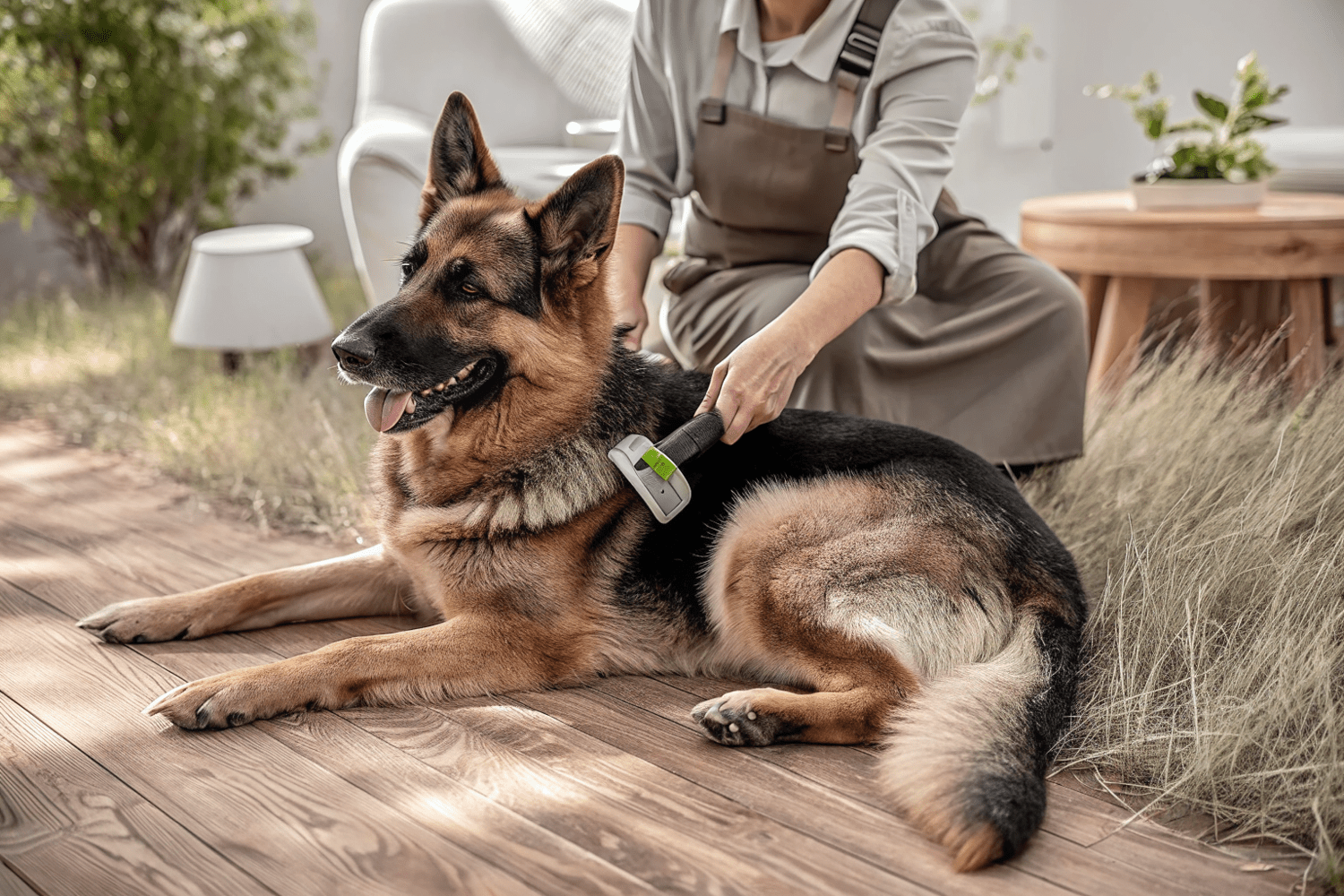
How to Stop My Dog from Shedding
Shedding is a natural process for all dogs, but excessive hair around your home can be frustrating. Learning how to stop my dog from shedding helps maintain a clean house while keeping your pet hea...
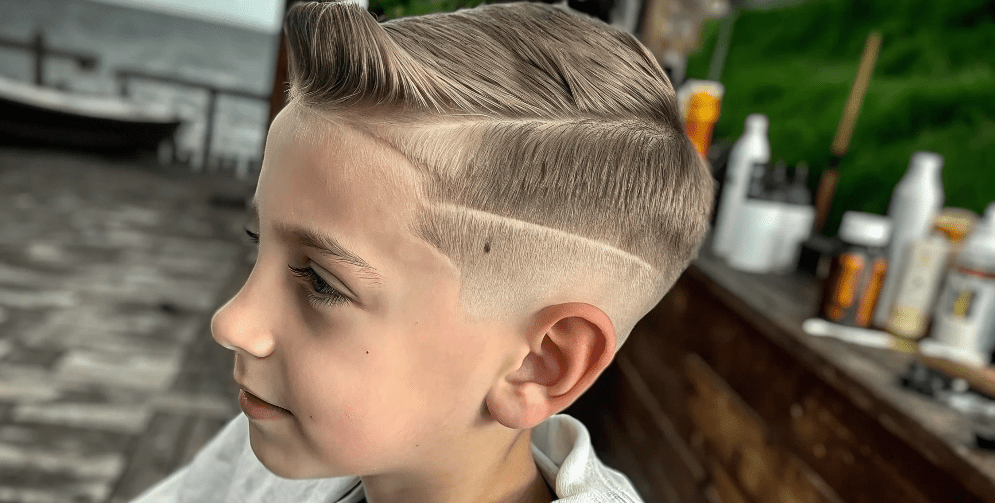
Crew Cut for Boys: Easy Haircuts & Styling Tips
The crew cut for boys is a classic, low-maintenance hairstyle that works for toddlers, school-age kids, and teens alike. Known for its clean, tapered look, it’s versatile enough to pair with fades ...
